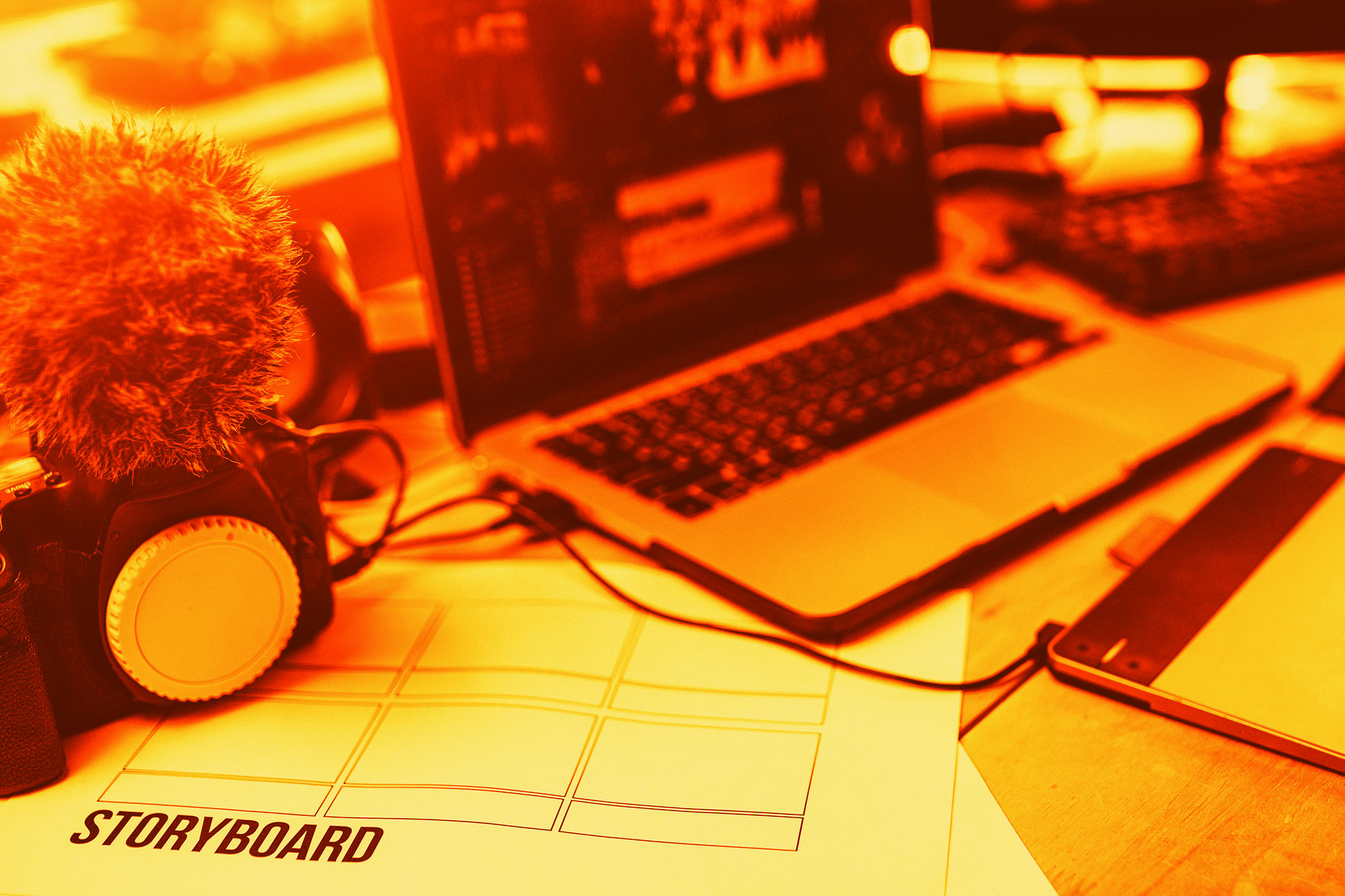I believe it would be fair to say that the majority of our working and personal lives now revolve around convenience. And the reason for that is quite simple, technology has made everything faster, easier and more accessible. Technology has changed the way businesses think, but more importantly, it has changed the way that employees think.
You can compare this change in human thinking to the consumer shopping experience. For years we have been hearing that consumers are demanding more from retailers – from in-store technology to even basic smartphone app features – and they simply couldn’t keep up.
Fast forward to today’s customer experience playground and you’ll find the pendulum of power swinging back to the brands we buy from on a daily basis. This is thanks to the power of data, analytics and AI. Brands have not only been able to listen to their customers and take action, but they have been able to improve the customer journey at every stage. A client of ours, Feefo, does this expertly for some of the world’s biggest brands, and I can see that those brands have a distinct difference in service levels than those that do not employ a similar technology.
Now, if you take the hot topic that is the future of work. You’ll find a number of similarities in how we, as employees are demanding more from our employers, and how businesses have had to catch up to retain, engage and keep talent.
The future of work is quite a simple concept and it ranges in meaning from person to person. For me, it comes back to convenience. My thinking as an employee has evolved; I now expect to have access to technology that will enable me to produce a higher quality of work, be more productive, stay engaged and maintain a healthy work-life balance.
However, the expectations a business has of you as an employee hasn’t changed. All of the above outputs are common and fair expectations. The challenge organisations now face is how they build a culture that their employees can thrive in.
This takes us back to technology. There isn’t a magic bullet technology that will solve this conundrum. But there are solutions out there that will help change business thinking. These enabling technologies are vital to creating an engaged workforce.
Take another of our clients, People First, a company dedicated to creating a better way of working. And a company whose very name should resonate with the approach boardrooms and the C-Suite should now be taking. Management teams gain access to a wide array of intelligence and analytics that can be used to provide a better working atmosphere – from improvements in talent management to more engaging social learning.
Collaboration and remote working are referred to together because, in the past, an issue with remote working is that it negatively impacts collaboration and teamwork. Slack is an example of technology that has made this argument null and void, by positively enabling smarter collaboration it is making having a fixed-working location a thing of the past. The same can be said of cloud tools that allow teams to work in real-time on the same project, like G-Suite.
Coming full circle, this comes all the way back to the way in which our thinking as humans has changed as a result of technological advancements. We are able to provide a better and more convenient working experience for our staff because of technology. Everyone (hopefully!) has an example of a great manager. Nowadays, a great manager can become an exceptional manager because of the insight and tools at their disposal to manage their staff. Likewise, a great employee can transform into a more engaged and productive member of staff with the augmentation of technology supporting them in their career.







